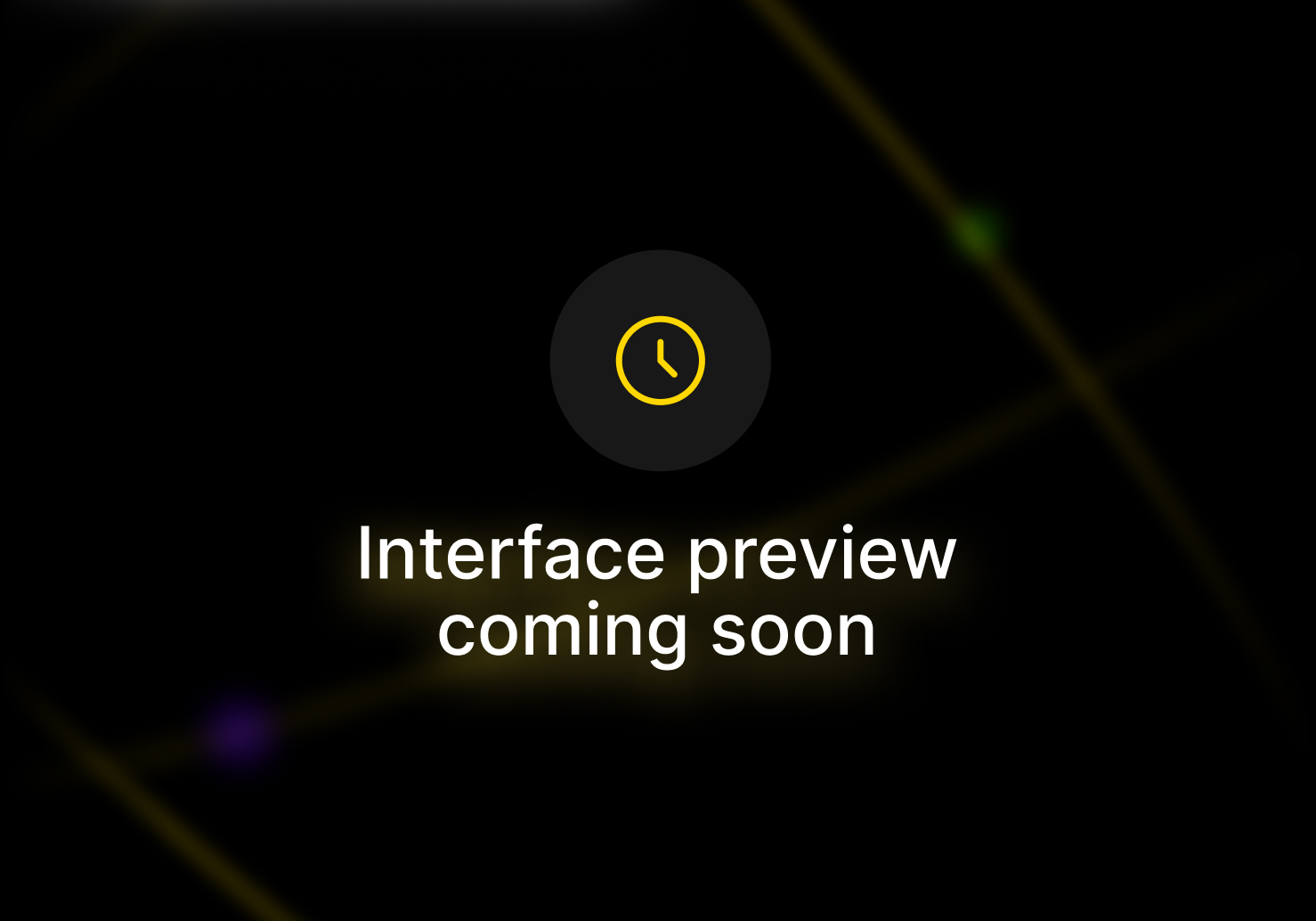Plain text emails are emails with only text, no images, HTML, CSS, designs, or custom fonts. They are written as if you were composing a letter in a plain document.
In contrast, emails sent with custom branding, GIFs, fancy images or graphics are all HTML emails.
Plain text emails are great when you don't have the resources to design your emails. Creating HTML layouts, designing graphics, and assembling an email with hyperlinks take time and effort. You can use pre-built templates and customize them according to your needs, but those may also cost more depending on the template’s complexity.
There are both pros and cons to using plain text emails. Let’s explore them below.
Support Across Email Clients: Plain text emails are supported by all email clients. You don’t have to worry about fonts or styles not displaying properly..
Accessibility: Plain text emails are easy for text readers to parse and can be accessed even by visually impaired users.
Easy and Quick: Plain text emails are fast to create. You just need to write your message without needing a designer or coder. This reduces dependency on others and lowers costs.
Not Attractive: Plain text emails might not catch attention as there are no bold visuals, highlights, or interactive elements.
Mistaken for Spam: Because plain text emails lack branded visual cues, they may sometimes be mistaken for spam. Including a logo or signature usually helps.
Lower Conversion Rates: Without buttons or design cues, CTAs (call-to-actions) are less prominent, which can reduce clicks.
Even with these limitations, if plain text emails perform well with your audience, you should use them. Just keep a few best practices in mind.
Since there’s no design element that signals your brand, consider including your logo at the top or writing your headline in a way that reflects your brand identity
If these don’t fit your style, you can include the logo in your signature. This helps readers quickly identify that the email comes from a legitimate source.
Plain text emails can feel overwhelming when presented as large blocks of text.
Use short paragraphs and sentences to make them easier to read. Choose a simple, legible font that looks good on all devices. Keep ample space between sections. Use capital letters or special characters sparingly to draw attention where needed.
A CTA is crucial for any email. It drives readers toward your goal, whether that’s visiting a blog, making a purchase, or following on social media.
In plain text emails, focus on the wording of the CTA since there are no design elements to make it stand out. Use benefit-driven or curiosity-driven phrasing. You can make it stand out by capitalizing it or placing it in its own paragraph.
Follow this step-by-step guide to send a plain text email using the SendX editor.
SendX allows you to send plain text emails to your subscribers without any HTML formatting. They appear as if they were sent directly from Gmail, Outlook, or Yahoo Mail.
Steps to Send Plain Text Email:
Go to Settings > Preferences, and ensure the Plain Text Editor option is selected. If Drag & Drop Editor is selected, toggle it to Plain Text Editor.

Navigate to Campaign > New > Content Tab.


In the Email Text Editor, click on the Email Templates button. A popup of templates will appear.

Select the Plain Text Template from the pre-created templates. Once selected, your editor will reset to a clean text format.
Your plain text email will now appear to recipients as if it were composed directly in Gmail, Outlook, or Yahoo Mail.
And that’s it—you are all set to send great plain text emails using SendX!